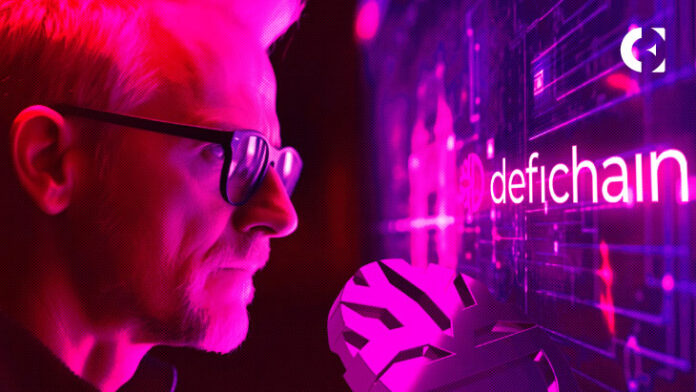- DeFiChain highlights what makes its Virtual Machine better than the Ethereum Virtual Machine (EVM).
- The analysis pointed out that EVM faces issues such as high transaction fees, risk of attacks, and slow processing time.
- DeFiChain said its model solves these issues while balancing the interests of developers and customers.
In a recent analysis, Decentralized Finance (DeFi) and Web3 gateway DeFiChain explored the differences in their Virtual Machine model compared to Ethereum’s Virtual Machine (EVM).
In the post shared on X, DeFiChain highlights the challenges associated with Ethereum’s architecture. As detailed in the analysis, that includes issues such as high transaction fees and slow processing time. DeFiChain said these issues create bottlenecks for new users and applications.
However, the bottlenecks with Ethereum have led to the need for more scalable, secure, and cost-efficient solutions in the DeFi sector. Per the analysis, this has become more important as platforms try to balance various interests. “Security is a primary concern in DeFi, with different stakeholders having varying priorities. Developers focus on technical efficiencies, while customers prioritize protection against hacks and attacks.”
According to the post, one of the solutions introduced is the consensus mechanism used by native DeFi platforms like DeFiChain. While Ethereum’s consensus involves numerous steps that potentially present vulnerabilities, DeFiChain claims its approach avoids these complications by processing and confirming transactions directly on the blockchain’s main layer without an application layer.
Furthermore, unlike DEXs such as Uniswap, DeFiChain’s user interaction occurs via an app that functions on a peer-to-peer basis. This minimizes the attack surface and removes threats like DNS attacks.
Meanwhile, DeFiChain stated that adding liquidity to its native DVM layer is also simpler, as it can be executed with just a few lines of code. In contrast, it highlighted that doing so on Ethereum requires a complex procedure that increases potential attack surfaces.
Conclusively, DeFiChain said its model combines the capabilities developers want with the security and ease-of-use users want. “No longer do you need to compromise between features and safety,” it ended.
Disclaimer: The information presented in this article is for informational and educational purposes only. The article does not constitute financial advice or advice of any kind. Coin Edition is not responsible for any losses incurred as a result of the utilization of content, products, or services mentioned. Readers are advised to exercise caution before taking any action related to the company.










